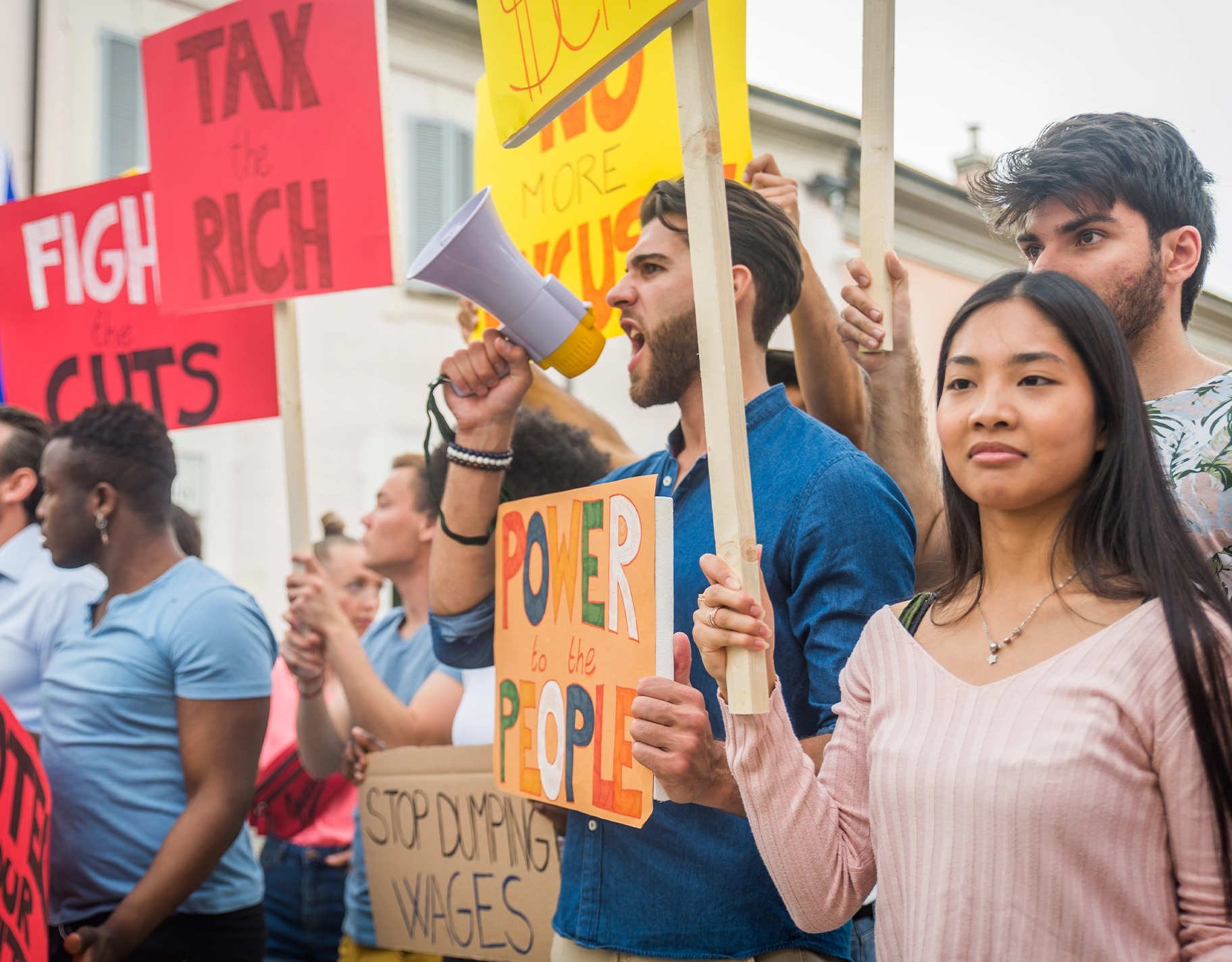Explaining Why People Rally: A Parent’s Guide
As Filipinos gather for rallies, here’s how parents can explain it to their kids
The Philippines has a long history of rallies and revolutions, with peaceful ones being the ones we’re most known for. When Filipinos do rally, they do so with families in mind. Not just their own but the many friends they have. Their kapitbahay, colleague, and even generations not yet born—Filipinos will gather in hopes that those in power will finally listen.
When kids ask why people gather in big crowds with signs and chants, it’s a chance to introduce them to civic engagement in an age-appropriate way. Here’s how parents can explain it:

1. Always start with the basics
Rallies don’t just happen. It’s something that’s planned and talked about. People gather because they want change. They’ll gather for issues bigger than themselves, such as protecting the environment, helping people, or ensuring money goes to the right places.
2. Use relatable examples
If there’s anything kids understand, it’s the concept of being fair and rules. When explaining how a rally works, use classmates and friends as a reference. Explain that these usually happen when someone’s being treated unfairly—it’s just that for rallies, they’re much bigger.
3. Insist on peaceful protest and expression
Nobody wants a full-blown civil war, but they want to be heard. A rally is the closest midline to it. Plus, the military and police will be there to mitigate or control the rally. And let’s be honest: they’re service people too. They signed up to protect the country and its people ,but are caught in a moral dilemma: what do they do when they are torn between the government and their people?
It’s why there’s an emphasis on peaceful protest. Soldiers and police are people too. Explain to the kids that everyone wants the same thing. It’s just making sure that opinions are expressed safely and respectfully.

4. Address emotions
Rallies may sound scary with all the loud cries of dissent, but that’s our opportunity to teach kids empathy. People cry, scream, wail, and raise their voices when they’re passionate about something. It teaches them how to understand their own tantrums too!
5. Let them ask questions and help them research
Rallies are not just shouting on the streets; they open the door to discussions. Kids are always curious and it’s up to us parents to help them understand. Instead of giving them our opinion, ask them how they feel about the issue. Let them find the answers to their own questions by guiding them.
Also, if they look to ChatGPT for explanations (which they most likely will), make sure you process it with them. There’s a fine print in ChatGPT that it does make mistakes.
The cries for a better world
Rallies are not an uncommon theme and occurrence. Victor Hugo’s Les Miserables was based on the French Revolution. George Orwell’s Animal Farm uses animals and farm concepts to explore themes of power, corruption, and totalitarianism. For something more modern, we have the Hunger Games and Divergent—both of which have strong themes of revolution and desiring change.
So when kids ask about rallies, avoid seeing it as an act of defiance. See it as a moment of curiosity and an opportunity for empathy and critical thinking.
Frequently Asked Questions
Rallies don’t just happen out of nowhere—they’re organized because people want change. Filipinos gather to stand up for something bigger than themselves, like fairness, protecting the environment, or making sure leaders listen to the needs of families and future generations.
Think of it like when classmates speak up to a teacher about an unfair rule. A rally is the grown-up version of that—only on a much bigger scale. It’s a way for people to voice concerns when something isn’t right.
Because everyone wants to be heard without harm. Peaceful rallies let people share their opinions safely while police and soldiers help keep order. Parents can explain that those in uniform are also protecting the people, even if they work for the government.
People join rallies because they care deeply about an issue. Strong feelings—like hope, frustration, or love for their country—are natural. Teaching kids about empathy helps them understand that passion isn’t something to fear.
Let kids ask questions and explore what they’re curious about. Guide them in finding reliable information and encourage them to share their own thoughts. It’s not about giving them your opinion, but helping them think critically and compassionately about what’s happening.
More about civic issues?
History Isn’t Just a Subject—It’s a Parenting Tool
These Short Films Capture What It Means to Be a Family Today
Why Filipino Remains Important for Modern Parenting









